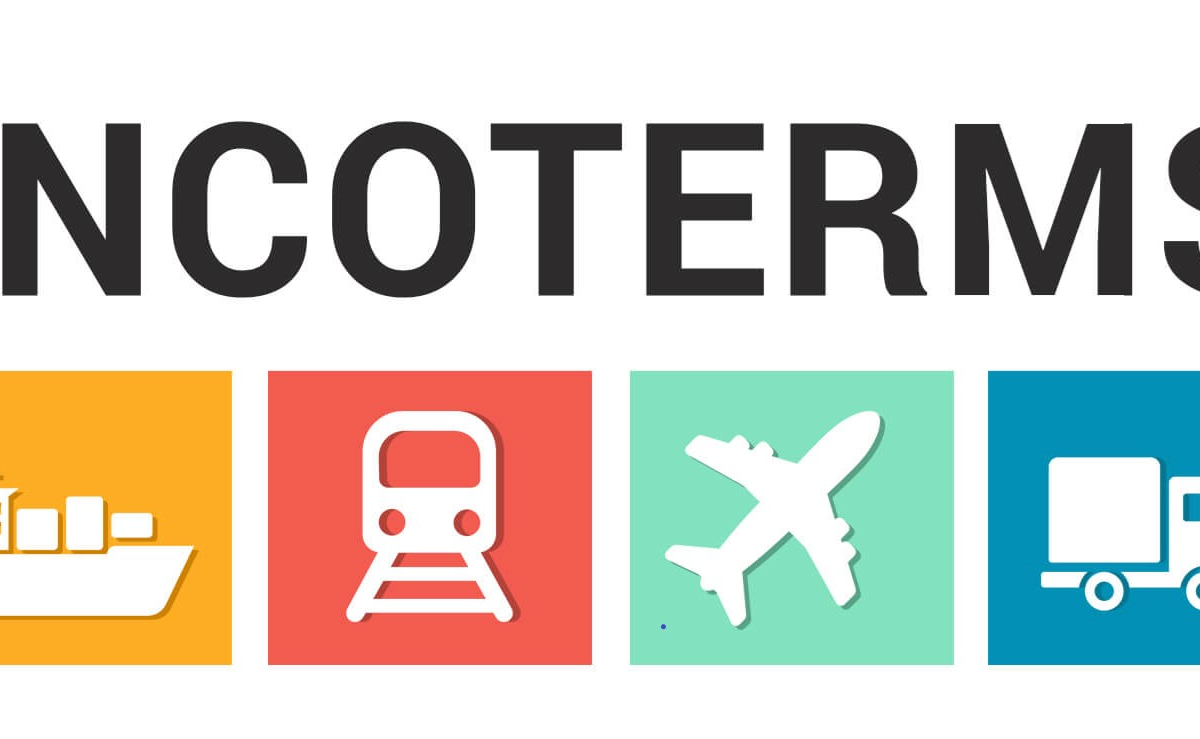
This article is written by Austin Garcia
An ILA port strike, which had been a major threat to U.S. East and Gulf Coast ports, has been averted. On January 8, 2025, the International Longshoremen’s Association (ILA) and the United States Maritime Alliance (USMX) reached a tentative six-year master contract agreement. This came just days before the previous contract extension expired on January 15, 2025. This development is a huge relief for shippers and businesses that had been bracing for a massive supply chain disruption.
The Core Issue: Automation
The central issue of the negotiations was automation. The ILA strongly opposed the use of semi-automated cranes and other systems. They argued these machines were not more efficient than humans and would cause job losses. Port operators, however, said automation was needed. It keeps U.S. ports competitive with more advanced ports in places like Rotterdam, Dubai, and Singapore. A new concern from the ILA was cybersecurity. They argued automated systems are vulnerable to hacking. They warned an attack could cripple the U.S. economy.
Economic Impact of a Port Strike
A strike would have had a devastating economic impact. East and Gulf Coast ports are vital for the flow of goods. A work stoppage would have caused major delays and congestion. It would have affected everything from groceries to electronics. Some estimates from analysts suggest a prolonged strike could have cost the U.S. economy billions of dollars per day. The retail, automotive, and manufacturing industries would have been the most affected.
Preemptive Measures by Companies
In anticipation of a possible strike, many companies took steps to prepare. Shippers were urged to clear containers from ports. They were also asked to return empty containers before the deadline. Some companies rerouted shipments to the West Coast or Canada. This was to avoid potential disruptions.
The Pressure to Reach an Agreement
The pressure was intense on both sides to reach a deal. Trade groups and logistics providers pushed for a resolution. The outcome of the talks had huge implications for the U.S. economy. It would also have affected the global supply chain. Dean Croke, an analyst at DAT Freight and Analytics, had remarked that a short strike was likely. This was because a new administration was due to take office shortly after the deadline.
A Look Ahead
The tentative agreement now awaits ratification by ILA members. While the immediate threat has passed, the ratification process will take months. This leaves some room for ongoing uncertainty. However, the agreement does allow for some limited semi-automation. It also guarantees union jobs tied to the new technology. The intervention of President-elect Trump, who had openly backed the union’s anti-automation stance, is thought to have added pressure on the carriers and helped lead to the compromise.
This event shows the complex balance between modernization and job protection. The ILA and USMX have found a way forward for now. This ensures the continuity of supply chains.



